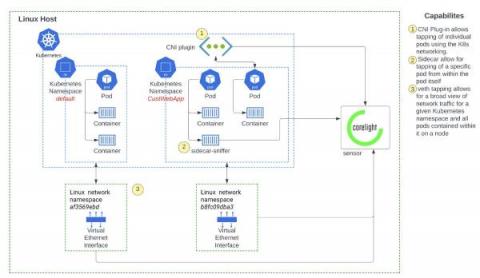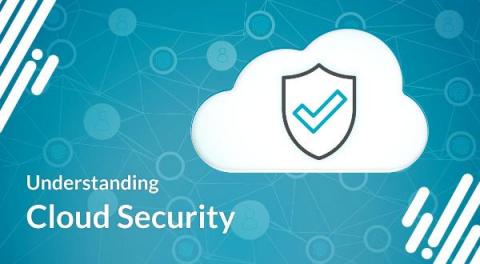Why Managed Detection and Response is a Key Component to any Security Plan
The overnight move to remote and hybrid work models instantly created a more complex infrastructure for many organizations as they shifted their workers from corporate offices to their homes. The threat surface expanded exponentially as devices moved off-prem and into potentially unsecured environments and grew again as workers added their own devices to the mix.









